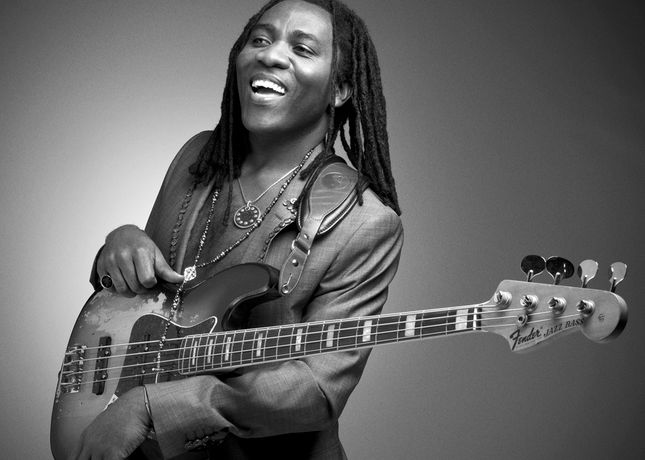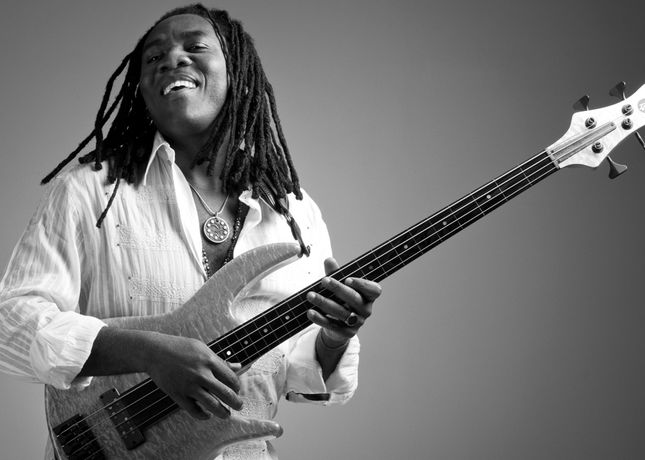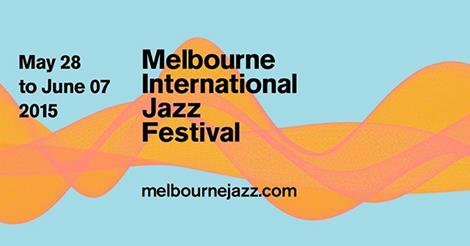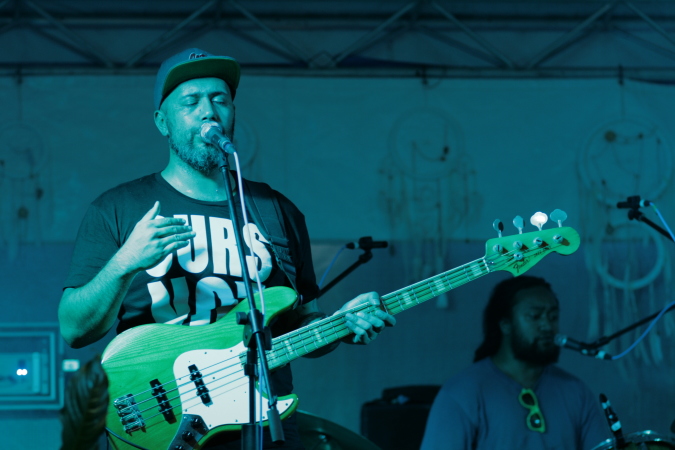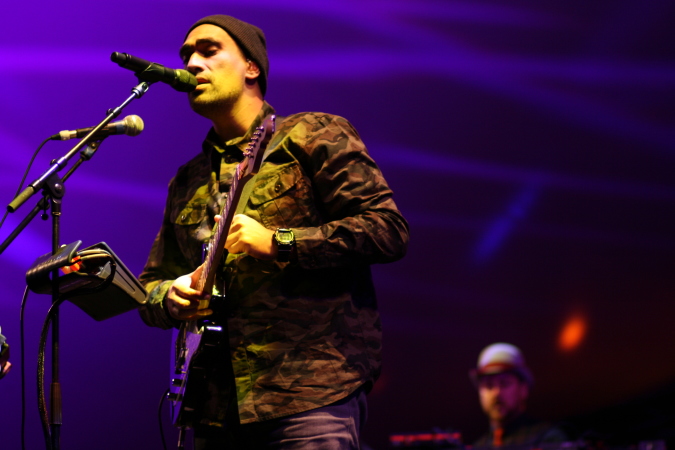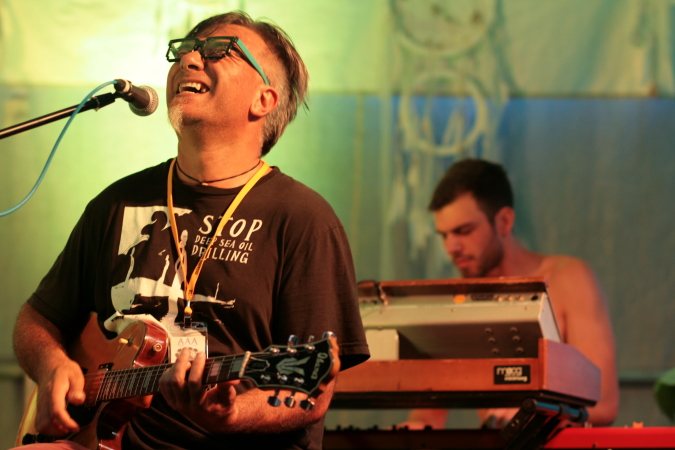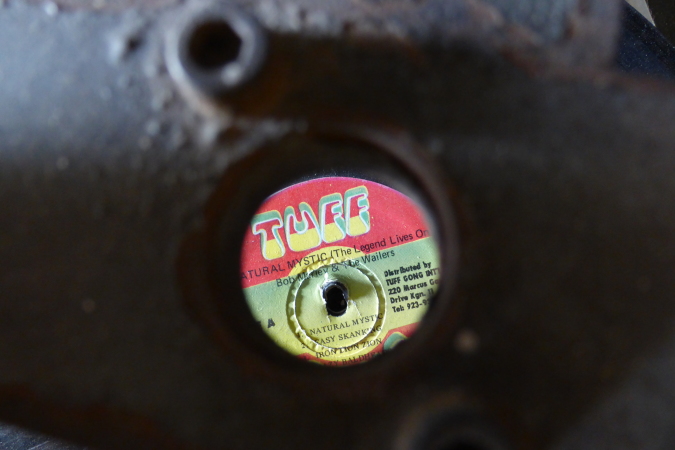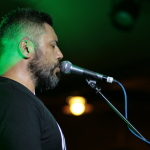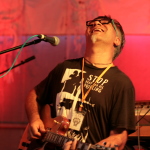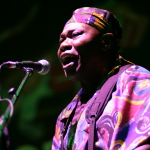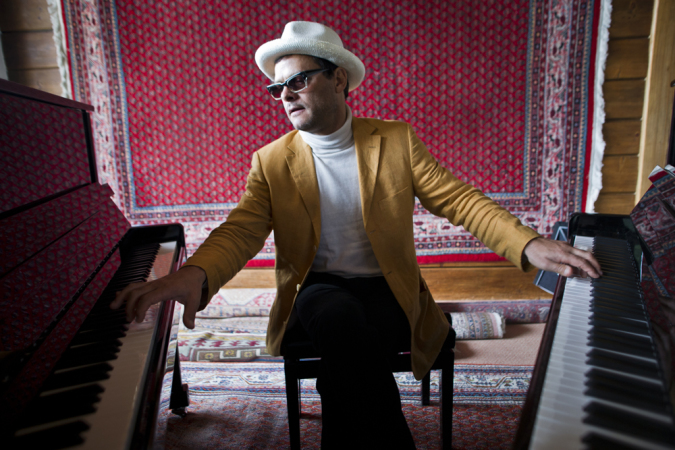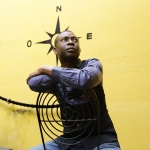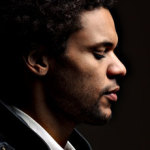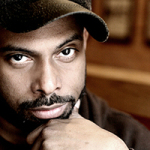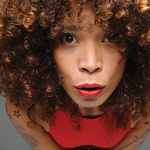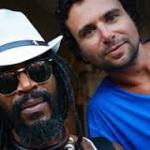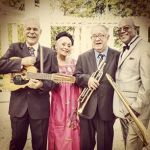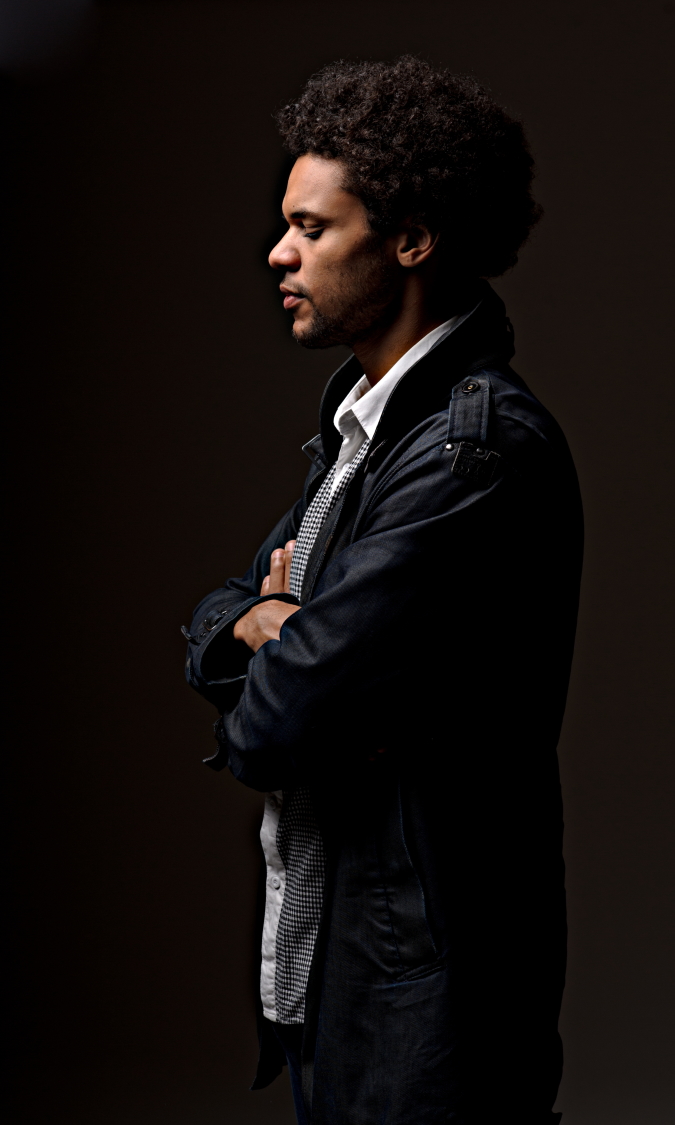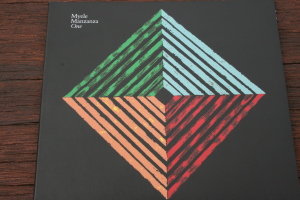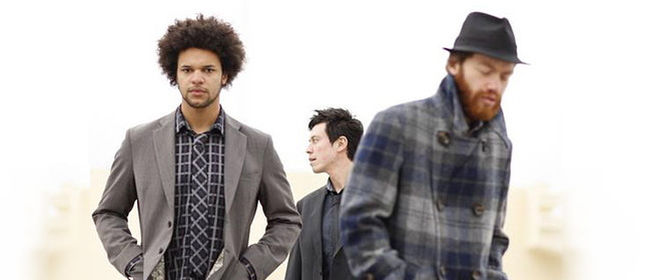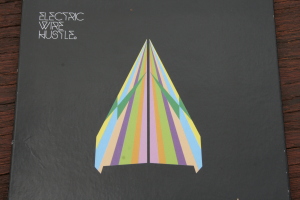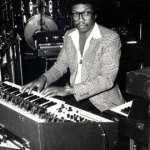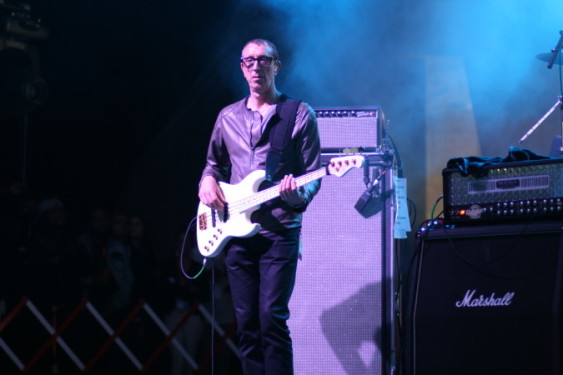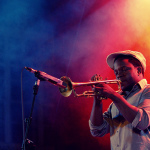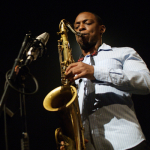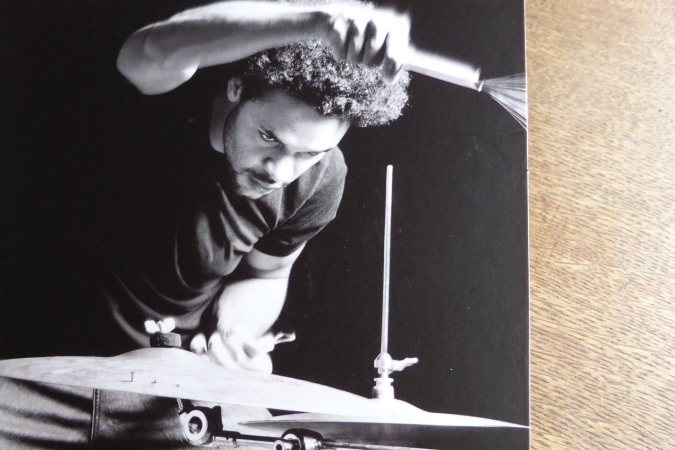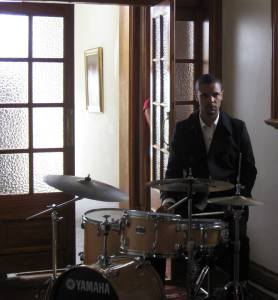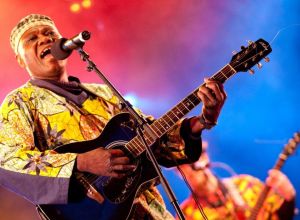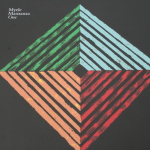No music artist likes the constraints of genre-boxes or external expectations. And Marcus Strickland is no exception.
For over 15 years he’s been known and respected as a “jazz” saxophonist and composer – not daring to step outside that box. Until recently.
With his latest creation Nihil Novi, Strickland has moved beyond the expectations of others and opinions of music purists to create the “music” he wanted to create; music that embraces the many different parts of himself and the world around him.
In an interview this week before his upcoming performances at Melbourne International Jazz Festival 2016 Marcus Strickland explained that by doing so he’s been liberated from living his “Twi-Life” to living his one life.
You’re coming back to Australia next month to perform for a second time at Melbourne International Jazz Festival. But this time around as bandleader with Twi-Life, on the heels of your newly-released album Nihil Novi.
MS: Yes this is a very exciting time for me. I did a project that I’d kind of wanted to do for a long time but didn’t really have the means to do it until now. And now that the ball’s going it’s like I can’t stop it. I’m already thinking about the second record for this band.
I’m looking forward to sharing it with the Australian people cause I had such great time before, and I think it will be an even better time this time.
I understand Nihil Novi is a Latin term for “nothing new under the sun”. How does that phrase relate to this body of music?
MS: It’s kind of a realisation that I’ve come to. I think a lot of times as an artist or any kind of creative I think we’re expected to come up with something out of the blue. When actually it doesn’t work that way. It’s always inspired by what’s around us, especially what our environment is. I think that goes for many different things, many different inventions.
It kind of reminded me of something my father taught me a long time ago. He’s very familiar with Latin terms because he’s a lawyer. And also he’s very familiar with the book of Ecclesiastes from the Bible. I’m not a very religious person. I just think it’s an incredible book.
King Solomon in that book, he said after experiencing many trials and tribulations and basically becoming King of Kings, the most wise kings that all the other kings looked up to. After becoming that and experiencing all he did, he came up with the conclusion that there’s nothing new under the sun. I think that’s a very compelling tale, whether it’s true or not.
So that kind of coincided with how I felt about this record you know. Just coming to that realisation and just saying “hey, this is what’s around me and I’m just gonna create from what’s around me” – instead of thinking of what’s expected, or trying to come up with something out of the blue that is not connected to anything. It set me on the right path to think that way.
People are most familiar with your work as saxophone player but Nihil Novi has a strong beats-focus. Tell us about your beat-making life past, present and going into the future?
MS: It started out as almost like, I called it a hobby. Even though it’s music-based, it seemed like a hobby to me because I didn’t dare mix it with my professional saxophone and composing career until recently.
I could see influences in past records I’ve done but not until now have I totally just embraced that as part of Me, you know, instead of this separate thing. That’s kind of where the title Twi-Life came from for the group because I felt like I was leading a double life almost.
But it’s really all one life now. And I’m really enjoying it. I’m gonna keep going down this path. I really love it. It’s liberating. I’m no longer being scared of the jazz purists, or purists of any other sorts. And it’s just leading me down a very fun path.
So you feel a new-found freedom in your music-making?
MS: Definitely. And I have a feeling it affects everyone too, especially the audience actually. That’s who it’s for. There might be somebody in the audience that was expecting me to play a Gershwin tune. Or there might be someone in the audience who was expecting us to just have a straight-up R&B set.
But I like the fact that several audiences that we’ve had in Europe have already been taken aback. They’re like “Yeah, we have no idea what to expect”. And that’s the great thing about it you know – to go beyond expectations and just do exactly what you want to do. So I really find it amusing to see reactions. I love them all.
There are so many incredible artists who contributed to Nihil Novi – Meshell Ndegeocello who produced it, co-wrote and played bass on some tracks; Pino Palladino on bass also, Chris Dave, Robert Glasper, Keyon Harrold – all superb musicians and innovative artists in the world of contemporary R&B, funk and jazz.
I’d love to hear about your experiences of working with all those artists but I’m most curious to hear about Bob Power – who of course is well known, respected and admired for his prolific contributions to R&B and to hip hop way back since the days of The Native Tongues Collective [incl. The Jungle Brothers, A Tribe Called Quest & De La Soul].
What did Bob Power bring to Nihil Novi that was unique and what did you take away from the experience of working with him in terms of your own creative development?
MS: It was incredibly easy to work with him. First of all he’s just a very chilled dude. He’s like the nicest guy in the world and you would never know he is the genius that he is. I think that’s the very telling thing. Even though he’s basically done everything there is to do sonically, he is still open to new things and trying new things and very excited about the unknown. And that’s exactly who should have captured this record.
I really applaud Meshell [Ndegeocello] on choosing him. I had no idea that I would have access to Bob Power. But of course I was working with Meshell, and by working with her it gave me access to the great Bob Power. I really appreciate all of it and I’m glad to have that under my belt. I’m not sure if that’s even possible again but at least I’ve had that experience to work with such a master.
A lot of what went into this record was what I’d thought of sonically in my head. Like I had a very particular idea of what I wanted the bass to sound like. And it just so happens that Kyle Miles started playing the bass line for “Tic Toc”. I think at that time I was taking a nap in the middle of the session when Bob got him to play the bass-line and just lay it down. And I wake up and it’s exactly the kind of bass sound that I’d imagined on that song. He was playing it. And I was like “Ok, he’s hired. Whoever that is, he’s hired”. LOL.
“Tic Toc” by Marcus Strickland
x
A lot of it was very sonically-based so to have someone who was such a wizard at frequencies as Bob Power and have so much….I mean he has an incredible roster of just pure raw experiences. So to have him in there, it made me feel much more comfortable. It didn’t matter what experimentation we were doing, he could handle it you know. So that was great. It was a blessing.
Can you talk about the significance of the track “Mantra”?
MS: “Mantra” is definitely something I was imagining as the way to deal with any kind of adversity. It doesn’t even matter what level of adversity it is.
I think a lot of times what we as humans do in order to get through difficult situations is to repeat over and over and over again something that motivates us, gets us through. Whether that be prayer or a little voice inside that says “It’s gonna be ok”. Anything like that. So that’s kind of like the meaning behind that song and it’s definitely applied to many of the things that I’ve experienced and many of my friends have experienced as black Americans.
A lot of people think that there’s such thing as post-racism. I don’t think so. I think as long as there’s a human condition there’s gonna be some flaws along with it. And since whenever I can even imagine, people do get treated differently based on how they look. It’s unfortunate. But it happens. Yeah, so I really enjoyed the words that Keyon said.
The genius of Meshell [Ndegeocello] is that she captured the message in a very casual way. She just called up Keyon Harrold out of the blue and said “Hey Keyon, I hope you don’t mind if I record this conversation. I just wanna talk to you for a little bit”. And they started talking. And somewhere in that conversation he said what’s on that track. And it’s the most natural way to communicate it other than writing the speech out or something like that, which is what I was thinking in the beginning. That’s the great thing about having a producer like Meshell – she thinks outside the box.
So Im very happy with how that ended up.
“Mantra” by Marcus Strickland
x
I ask you about “Mantra” because you’re amongst other contemporary artists, like D’Angelo and Kendrick Lamar, using their musical voices to discuss African-American experiences of oppression, violence and racism in a very frank and (positively) confronting way. What do you think is the ripple-on effect of those voices being expressed and heard?
MS: I think it’s gonna affect the right people in the right way.
There’s definitely a lot of struggle associated with purely how we look. It’s just a fact of life. All you have to do is talk to an African-American parent about the first time that they had to explain to their child why they were treated differently than all the other kids that didn’t look like them. It’s a fact of life. We still have to go through it.
And to pretend like it doesn’t exist or to not even include that in the music, is kind of pretending. There is a saying that “art imitates life” and that’s what we’re doing. We’re just playing our life. We’re singing our life. We’re expressing our life.
I think when music is used as a means of communication, it becomes much more than music. It’s actually speaking to people. It’s almost like a conversation rather just playing some notes and not having any meaning behind them.
One of the people who inspired this record the most is Bazoumana Sissoko. That’s who “Sissoko’s Voyage” was written for. He’s a Malian percussionist and singer. He has the most amazing and powerful voice and the first time I heard his record, I was totally moved. I think I might have got a little misty.
I think the reason for that is because he is what they call in West Africa a “griot”. Griots tell history orally. They don’t write it down. They perform it in front of the people. They’re highly respected. They have a very important role in society. And I think a lot of what inspires African-Americans in America is that we’ve kind of adopted or kept that entity in our being.
I mean when I listen to Kendrick Lamar he sounds like a modern griot to me. He is telling our story. He is telling our relationship with prisons, with drugs, with oppression. I feel the same way with D’Angelo. I feel the same way with anybody who’s regarded as an incredible artist today. David Bowie, I think he was a griot too. He had very important messages in his music. Coltrane too. Even though he was just dealing with more the sonic side. He hardly had any lyrics but when he did have lyrics, they were very meaningful.
I think it’s all the sound and the language of our people. That’s the connection. I don’t think it ever should be broken.
How does Nihil Novi translate in the live performance space?
MS: I think there’s a lot of jazz journalists out there that don’t really understand how to write about this record because I wasn’t even thinking about how we were going to possibly perform it live. I just wanted to do the record that I exactly wanted to do without being hung up on what the possibilities are.
And as a result it has inspired what I feel is a very experimental way of performing. I feel like it’s basically a live production. And I can’t wait to have like maybe a dvd set or something of live performances because live performances take what the record does and multiples it times ten.
Because the musicians I have surrounding me are all producers in their own right. And they’re also very much live performers. They all have a jazz background to some extent. And also they’re familiar with all kinds of other black American music such as hip hop, R&B, soul, gospel, funk, all that stuff. So it all gets displayed all at once.
And because I’m so open to including all that in the performance, I think it’s exciting for them. Because finally they’re not on stage with someone who’s like “We’re an R&B band so just play R&B”; or somebody who’s just like “We’re just jazz so you just better just swing and not do anything else”. They’re on the stage with somebody who’s just like “Look man, be You. Just do this. Let’s have fun. It’s a playground”. It’s very exciting.
Thanks for your time today Marcus. Folks going to your festival shows should be excited to hear you and Twi-Life perform live.
MS: Yeah, it’s gonna be a party. I’m really looking forward to it.
~~~~~~~~~~~~~~
Marcus Strickland and Twi-Life (Keyon Harrold on trumpet; Mitch Henry on piano; Kyle Miles on bass; Charles Haynes on drums) play four shows at Bennetts Lane Jazz Club on 11 and 12th June 2016. Buy tickets here and check out the complete MIJF program here.




